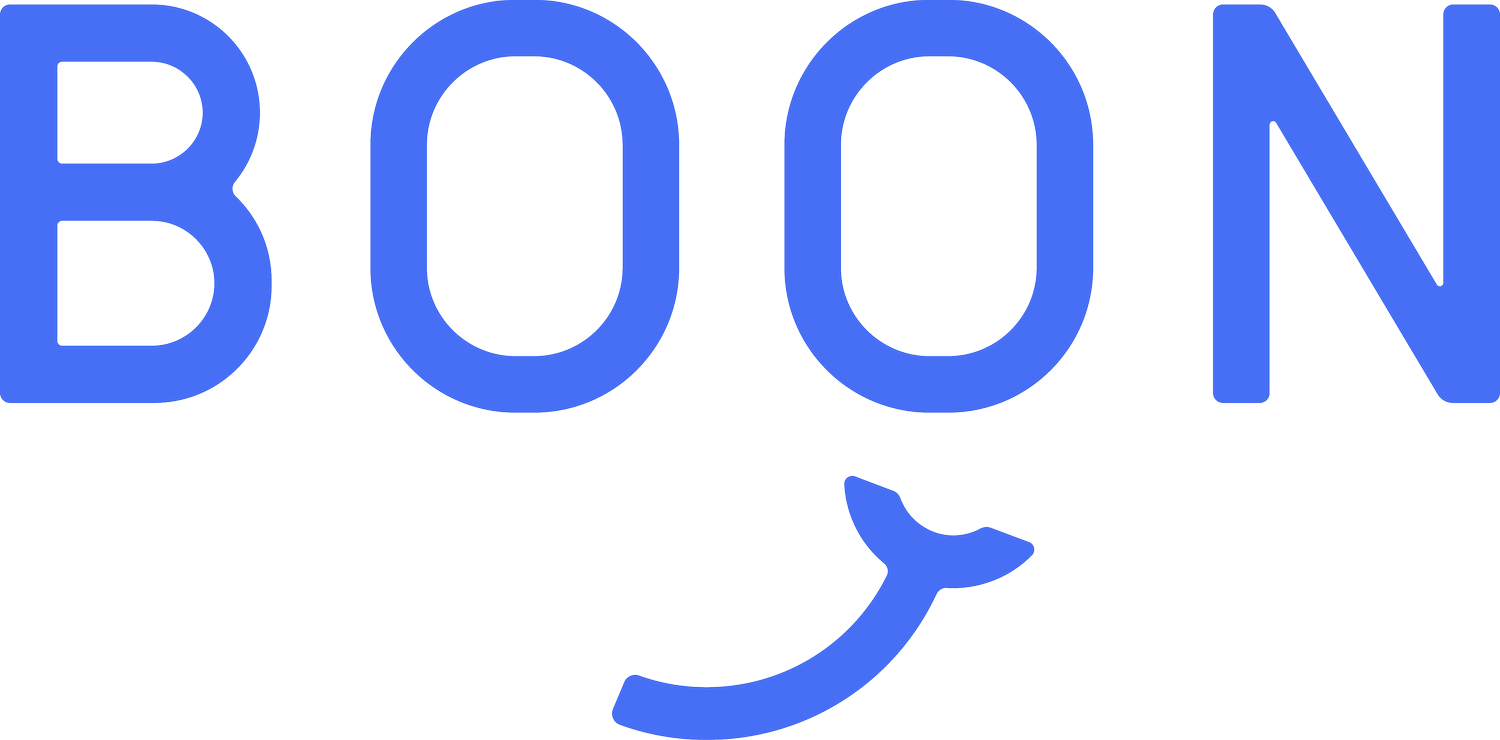The Power of Being Fully Present
Kathleen Fariss, Boon Coach
Have you ever walked away from a conversation or interaction and couldn’t quite recall what just happened? How about after speaking with your boss or a peer, you’re not sure how to explain the experience?
It’s like you traveled in time but are unsure where you landed.
Giving yourself permission to learn how to shift your mindset so you can be more present will be the gift that keeps on giving!
The Present Moment - The Power of Now
If we are not in the current moment, then where are we? Where have we traveled to in our minds? Most often we have traveled to the past or the future and need to shift to being mindful of where we want to choose to be (Kabat-Zinn, 1990).
What is Mindfulness?
Mindfulness is “the awareness that emerges through paying attention on purpose, in the present moment, and non-judgmentally to the unfolding of experience moment by moment” (Kabat-Zinn, 2003 p. 145).
One example I shared with one of my Boon clients was this time when a car drove by my house at sixty-five miles per hour.
And that’s simply how I shared it.
A car, driving on a street, with a man in the driver's seat. Not inserting some sort of judgment about this crazy man who could have hit someone with his car and deserves to go to jail for his reckless behavior.
Instead, I focused on what was, at that very present moment, in front of me. Nothing more or less.
Our Current Reality
We might be spending 50% of our awake time in the past, 40% in the future, and 10% in the present.
What could our reality look like?
What our reality could look like is 80% in the current moment and 10% in the past and future. Think about how this could free up your mind to be so much more available to you and those around you.
How do we intentionally choose to be more fully present?
(PositivePsychology.com B.V, 2019)
1. Attention - pay attention to what occurs at the moment in time. Your thoughts, physical sensations in your body, the emotions that are coming up for you, and the feelings.
2. Open Awareness - become aware of the judgment you are applying to the situation such as whether this is “good” or “bad.” Let go of that narrative or story you are creating.
Brene’ Brown suggests using these 5 words: The story I'm making up….
3. Acceptance - Accept that the current experience is as it is. Roll with it and don’t try to struggle or fight with it. Ride with the tide.
4. No Identification - You are not the emotion/thought that you are feeling. For example, I experience sadness versus I am sad (Kabat-Zinn, 1990). All of the thoughts that come and go throughout the day are not all true.
5. Choice - When you recognize that the thought is not true, stop giving it more attention and energy.
Use SNAP (Ian Morgan Cron, The Road Back to You, 2016)
○ Stop. Pause. Come back to the present moment.
○ Notice. Breathe and notice what’s happening inside you and around you.
○ Ask. Once you become aware, ask yourself a question. What am I believing to be true?
○ Pivot. Intentionally choose to redirect energy and come back to the current moment in time.
How to practice being fully present.
First, scan your body and ask yourself: What is going on? Where are you feeling it? Label and release the energy and thought. Come back to the current moment.
Then, breathe. Take 5 deep breaths in your nose, hold for 3 seconds, and blow out your mouth.
Regular meditation can help you shift to letting go of the future and past thinking and come back to the current moment.
Finally, start small daily practices such as anchoring by labeling 5 things you see, hear, or feel, to come back to the current moment.
Closing thoughts
The more intentional we are about showing up for ourselves and others in the current moment, the more access it will provide us to healthy solutions. Then, we can show up for those we work with, live with, and serve.
“Mindfulness is a way of befriending ourselves and our experience.” - Jon Kabat-Zinn.
Interested in learning more about how Boon can help you and your teams? Schedule a Demo.
